The vestibular nerve is a crucial component of our sensory system, responsible for relaying information about our balance and spatial orientation from the inner ear to the brain. Understanding the intricate connection between the vestibular nerve and the brain is essential in comprehending the mechanisms underlying our ability to perceive and maintain equilibrium. In this article, we will delve into the anatomy and function of the vestibular nerve, explore its relationship with the complex structure of the brain, discuss disorders related to this connection, and examine recent research advancements in this field of study.
Understanding the Vestibular Nerve
The vestibular nerve, also known as the eighth cranial nerve or the vestibulocochlear nerve, comprises a network of nerve fibers that originate from the vestibular ganglion, nestled within the inner ear. This nerve plays a pivotal role in maintaining balance, equilibrium, and spatial orientation.
The vestibular nerve is a fascinating component of our sensory system. Let’s take a closer look at its anatomy and function to gain a deeper understanding of its importance.
Anatomy of the Vestibular Nerve
The vestibular nerve consists of two primary branches known as the superior and inferior vestibular nerves. These branches transmit information from specialized receptors within the semicircular canals and otolith organs of the inner ear to the brain.
The semicircular canals are fluid-filled structures that detect rotational movements of the head, while the otolith organs, comprised of the utricle and saccule, sense linear accelerations and changes in head position. These receptors convert mechanical stimuli into electrical signals, which are then transmitted through the vestibular nerve.
Upon exiting the inner ear, the vestibular nerve fibers intricately wind their way through the internal auditory canal, a narrow bony passageway within the skull. Here, they join with the cochlear nerve, which is responsible for transmitting auditory signals from the ear to the brain.
This close proximity between the vestibular and cochlear nerves allows for efficient communication between the auditory and vestibular systems, enabling us to perceive sound and maintain balance simultaneously.
Function of the Vestibular Nerve
The vestibular nerve plays a fundamental role in relaying sensory information related to balance and spatial orientation to the brain. It helps us maintain an upright posture, adapt to changes in head position, and stabilize our gaze.
Imagine walking on a narrow beam or riding a roller coaster. In these situations, the vestibular nerve is hard at work, providing constant feedback to the brain about the position and movement of our head and body. This information allows us to make the necessary adjustments to stay balanced and oriented in space.
But the vestibular nerve’s contributions extend beyond basic balance. It also plays a crucial role in coordinating motor movements. By continuously monitoring the position and movement of our head and body, the vestibular nerve assists the brain in integrating sensory inputs from other systems, such as vision and proprioception, to create a coherent perception of space and motion.
For example, when we walk, the vestibular nerve works in conjunction with the visual system to help us maintain a stable gaze. It ensures that our eyes remain fixed on a target despite the motion of our body. This coordination is essential for tasks that require precise hand-eye coordination, such as threading a needle or catching a ball.
Furthermore, the vestibular nerve contributes to our sense of spatial awareness. It allows us to navigate through our environment, judge distances accurately, and perceive the direction and speed of our movements. Without the vestibular nerve, our perception of space and motion would be severely compromised.
In conclusion, the vestibular nerve is a remarkable component of our sensory system. Its intricate anatomy and vital functions make it an indispensable part of our everyday lives. From maintaining balance to coordinating complex motor movements, the vestibular nerve ensures that we can navigate the world around us with precision and confidence.
The Brain and its Complex Structure
The brain, an incredibly intricate organ, is responsible for controlling and regulating various bodily functions. It comprises distinct regions and structures, each with specialized functions that contribute to our overall cognitive and physiological processes.
Let’s dive deeper into the fascinating world of the brain and explore its anatomy and key functions.
Overview of the Brain’s Anatomy
The brain can be broadly divided into three major sections: the forebrain, midbrain, and hindbrain. Each section consists of multiple interconnected structures that work in synergy to enable our thoughts, emotions, and physical actions.
The forebrain encompasses the cerebral hemispheres, the basal ganglia, and the limbic system. It houses the cerebral cortex, responsible for higher-level cognitive processes such as perception, memory, language, and decision-making. The cerebral cortex is a vast network of interconnected neurons, forming intricate pathways that allow for complex information processing.
The midbrain acts as a relay center, transmitting signals between various brain regions and the spinal cord. It also plays a role in controlling eye movements, reflexes, and some aspects of motor coordination. This small but mighty region is essential for relaying information and coordinating various bodily functions.
The hindbrain comprises the cerebellum, pons, and medulla oblongata. The cerebellum is particularly relevant to our discussion as it plays a vital role in integrating information from the vestibular system and coordinating motor movements, ensuring precision and accuracy. It is often referred to as the “little brain” due to its distinctive appearance.
Key Functions of Different Brain Parts
Throughout the brain, numerous regions contribute to the processing and interpretation of signals received from the vestibular nerve. For instance, the vestibular nuclei, located within the brainstem, receive input from the vestibular nerve and are critical in generating appropriate responses to changes in balance and head movements. These nuclei act as command centers, orchestrating the body’s response to maintain equilibrium.
The cerebral cortex, especially the parietal and temporal lobes, is also heavily involved in processing vestibular information. These regions help integrate the signals received from the vestibular system with visual and proprioceptive inputs, enabling the brain to construct a comprehensive perception of the self in relation to the external environment. This integration allows us to navigate and interact with the world around us effortlessly.
Furthermore, the limbic system, located within the forebrain, plays a crucial role in regulating emotions and memory formation. It includes structures such as the amygdala and hippocampus, which are involved in processing and storing emotional experiences and memories. This intricate network of brain regions allows us to experience and remember the world in a deeply personal and meaningful way.
As we continue to unravel the mysteries of the brain, scientists are constantly discovering new connections and functions within its complex structure. The brain’s ability to adapt, learn, and grow is truly remarkable, and our understanding of its intricacies continues to expand.
Connection between the Vestibular Nerve and the Brain
The vestibular nerve tightly interfaces with various brain regions to facilitate communication and coordination. This connection is essential for maintaining balance, coordinating movements, and ensuring our ability to navigate the world around us.
The vestibular nerve, also known as the eighth cranial nerve or the vestibulocochlear nerve, is responsible for transmitting sensory information from the inner ear to the brain. It plays a crucial role in detecting head movements and changes in head position, which are essential for maintaining balance and spatial orientation.
But how exactly does the vestibular nerve communicate with the brain? Let’s take a closer look.
How the Vestibular Nerve Communicates with the Brain
The vestibular nerve relays information to the brain through specific pathways known as vestibulocerebellar and vestibulothalamic tracts. These tracts transmit signals from the vestibular nuclei to the cerebellum and thalamus, respectively.
In the cerebellum, the vestibulocerebellar pathway integrates vestibular inputs with other sensory information and provides feedback to various motor control centers, adjusting our movements to maintain balance and stability. This intricate process happens almost instantaneously, allowing us to make rapid adjustments to our posture and movements.
The vestibulothalamic pathway transmits vestibular signals to the thalamus, a vital relay station in the brain. From the thalamus, the vestibular information is distributed to different regions of the cerebral cortex, allowing for the perception and conscious awareness of balance and spatial orientation.
These pathways form a complex network that enables the brain to process and interpret the signals sent by the vestibular nerve, ultimately allowing us to maintain our equilibrium and navigate our surroundings with ease.
Role of the Vestibular Nerve in Brain Function
The vestibular nerve not only contributes to our motor control and spatial awareness but also influences other brain functions. Research suggests that disturbances in the vestibular system may impact cognitive processes, including attention, memory, and spatial navigation.
For example, studies have shown that individuals with vestibular disorders may experience difficulties with attention and concentration, as well as problems with memory and learning. These findings highlight the intricate relationship between the vestibular system and higher cognitive functions.
Moreover, emerging evidence indicates an association between vestibular dysfunction and conditions such as anxiety, depression, and even neurodegenerative diseases. Researchers are exploring the potential links between vestibular disorders and mental health, as well as the role of the vestibular system in the early detection and progression of neurodegenerative diseases like Parkinson’s and Alzheimer’s.
Understanding the connection between the vestibular nerve and the brain is not only crucial for unraveling the mysteries of human balance and spatial orientation but also for improving the diagnosis and treatment of various neurological and psychiatric conditions.
As research in this field continues to advance, scientists hope to gain a deeper understanding of the intricate mechanisms underlying the vestibular system and its role in brain function. This knowledge may pave the way for innovative therapies and interventions that can help individuals with vestibular disorders regain their balance and improve their overall quality of life.
Disorders Related to the Vestibular Nerve and Brain
When the connection between the vestibular nerve and the brain is disrupted or compromised, it can lead to various vestibular disorders. These disorders can significantly impact an individual’s quality of life, causing debilitating symptoms that affect their ability to perform daily tasks with ease.
The vestibular nerve, also known as the eighth cranial nerve or the vestibulocochlear nerve, plays a crucial role in maintaining balance and spatial orientation. It carries sensory information from the inner ear to the brain, allowing us to perceive our body’s position in relation to gravity and to coordinate movements accordingly.
One of the most common vestibular disorders is called benign paroxysmal positional vertigo (BPPV). This condition occurs when tiny calcium crystals in the inner ear become dislodged and migrate into the fluid-filled canals responsible for detecting rotational movements. As a result, the brain receives inaccurate signals about the body’s position, leading to episodes of vertigo and dizziness.
Symptoms and Diagnosis of Vestibular Disorders
Common symptoms of vestibular disorders include vertigo (a spinning sensation), dizziness, imbalance, and difficulty with coordination. These symptoms can manifest in different intensities and may be accompanied by nausea, visual disturbances, and anxiety.
Vertigo, in particular, can be a distressing symptom. It can make simple tasks like walking or driving extremely challenging and can significantly impact an individual’s overall well-being. The feeling of being off-balance or unsteady can lead to falls and injuries, further exacerbating the physical and emotional toll of vestibular disorders.
Diagnosing vestibular disorders often requires a comprehensive assessment by healthcare professionals with expertise in the field, such as otolaryngologists or neurologists. They may employ a combination of clinical evaluations, medical history assessments, specialized tests, and imaging studies to determine the underlying cause of the symptoms.
One common diagnostic test for vestibular disorders is the Dix-Hallpike maneuver. This test involves moving the patient’s head into specific positions to provoke vertigo and observe the characteristic eye movements associated with certain types of vestibular dysfunction. Other tests, such as electronystagmography (ENG) or videonystagmography (VNG), can measure eye movements in response to various stimuli to assess the function of the vestibular system.
Treatment Options for Vestibular Disorders
The treatment of vestibular disorders varies depending on the specific condition and its underlying cause. Some vestibular disorders may resolve on their own, while others may require interventions such as medication, vestibular rehabilitation therapy, or surgical procedures.
Medications commonly prescribed for vestibular disorders include anti-nausea drugs, antihistamines, and benzodiazepines. These medications can help alleviate symptoms such as nausea and dizziness, providing temporary relief while the underlying condition is being addressed.
Vestibular rehabilitation therapy (VRT) is a specialized form of physical therapy that focuses on retraining the brain to compensate for the vestibular dysfunction. This therapy involves a series of exercises and movements designed to improve balance, coordination, and reduce symptoms of dizziness and vertigo. VRT can be highly effective in helping individuals regain their functional abilities and improve their overall quality of life.
In some cases, surgical intervention may be necessary to treat vestibular disorders. Surgical procedures can involve repairing or removing damaged structures in the inner ear, such as the semicircular canals or the vestibular nerve. These procedures are typically reserved for severe cases or when other treatment options have been unsuccessful.
It is crucial for individuals experiencing vestibular symptoms to consult with a healthcare professional who can provide a thorough evaluation and tailor the treatment approach to their specific needs. Self-diagnosis and self-management without professional guidance can potentially worsen the condition or delay appropriate treatment.
In conclusion, disorders related to the vestibular nerve and brain can have a profound impact on an individual’s well-being. Understanding the symptoms, seeking proper diagnosis, and exploring the available treatment options are essential steps in managing and improving the quality of life for those affected by these disorders.
Recent Research on the Vestibular Nerve and Brain Connection
Over the years, researchers have made significant strides in unraveling the intricate relationship between the vestibular nerve and the brain. Advancements in technology and neuroscience have opened new avenues for understanding the complexities of this connection and its broader implications.
Advances in Understanding the Vestibular-Brain Connection
Recent studies have shed light on the neural pathways involved in relaying vestibular information to different brain regions. Sophisticated imaging techniques, such as functional magnetic resonance imaging (fMRI) and diffusion tensor imaging (DTI), have allowed researchers to visualize and map the activation patterns and structural connectivity of brain regions associated with the vestibular system.
Moreover, investigations into the genetic and molecular factors influencing vestibular nerve development and function have provided valuable insights into the mechanisms underlying various vestibular disorders. These discoveries may pave the way for targeted therapeutic strategies in the future.
Future Implications of Research Findings
The ongoing research on the vestibular nerve and its connection to the brain holds immense promise for advancing our understanding of balance disorders, neurological conditions, and cognitive functions. The knowledge gained from these studies may aid in the development of innovative diagnostic tools, personalized treatments, and preventive interventions for individuals affected by vestibular disorders.
It is important to note, however, that further research is still needed to fully grasp the complexities of the vestibular nerve-brain connection. While scientific advancements provide invaluable insights, the expertise and guidance of healthcare professionals should always be sought when addressing individual health concerns or specific medical conditions.
In conclusion, the vestibular nerve plays a fundamental role in our ability to maintain balance, orientation, and spatial awareness. Its intricate connection with various regions of the brain enables us to perceive our environment accurately and perform complex motor tasks with ease. The investigation and understanding of this connection have significant implications for the diagnosis, treatment, and future research of vestibular disorders and neurological conditions. Through interdisciplinary collaboration and continued scientific progress, we can expand our knowledge and strive to enhance the quality of life for individuals affected by disturbances in the vestibular system and brain connectivity.




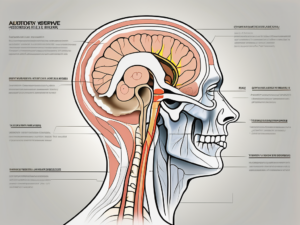
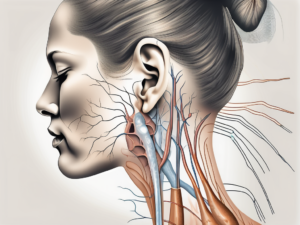
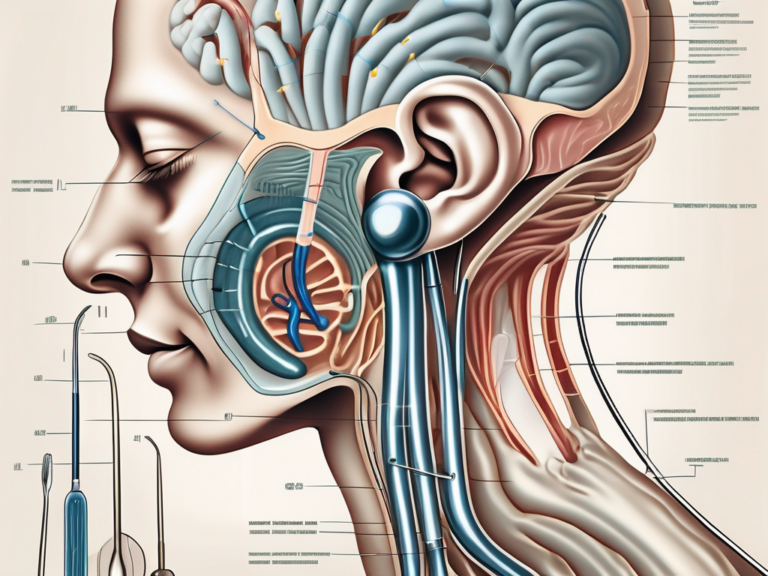
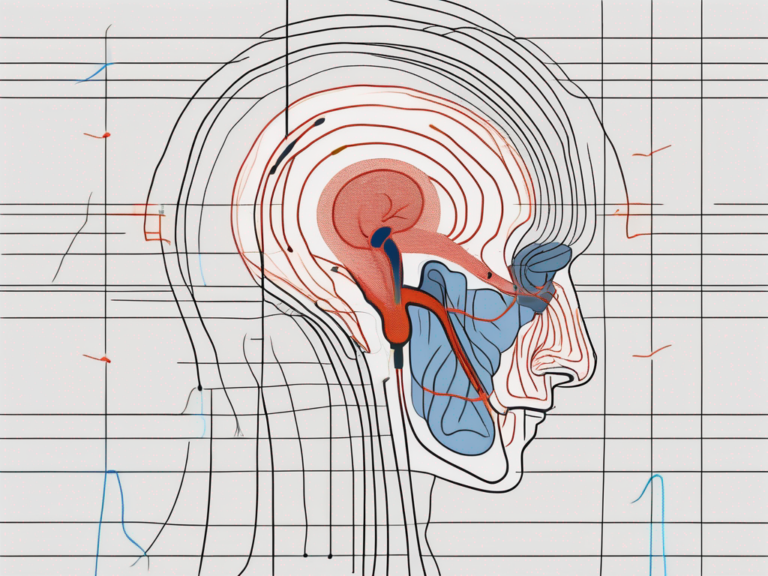
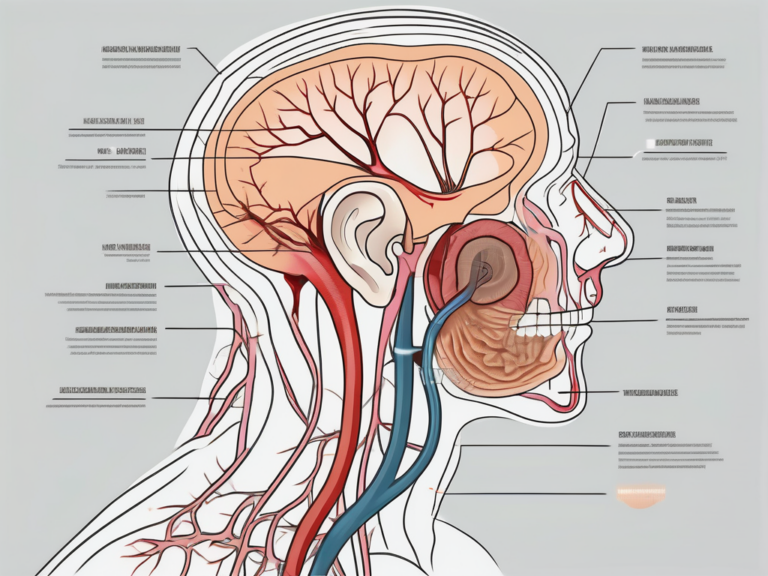
+ There are no comments
Add yours